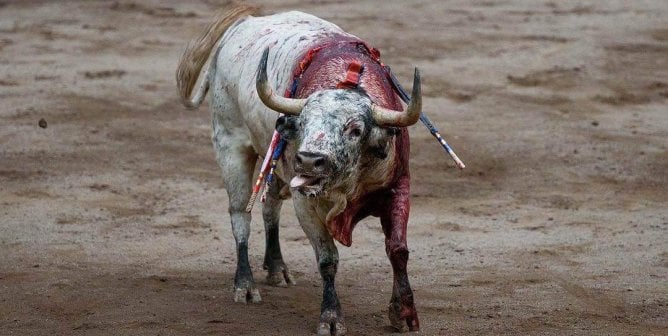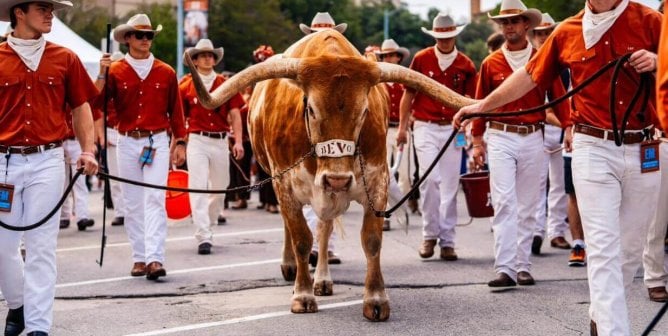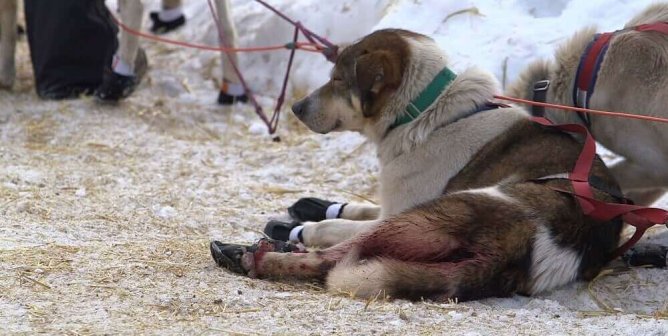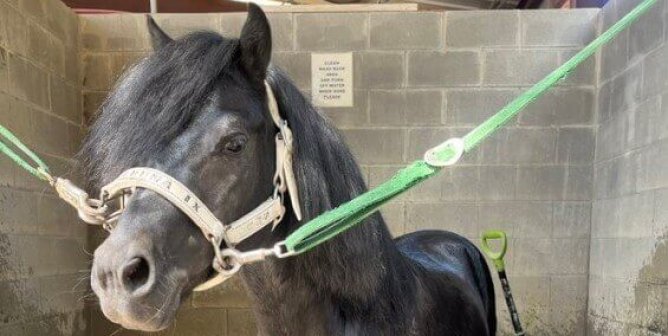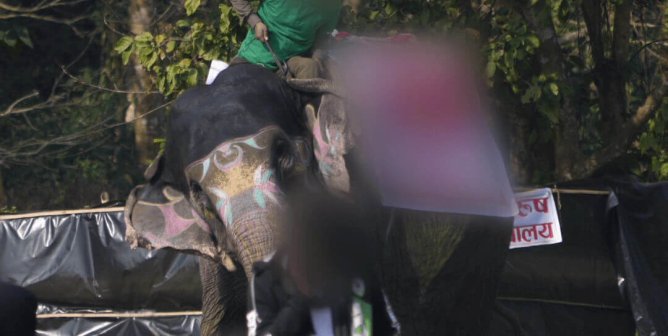Horse-Drawn Carriages: Don’t Get Taken for a Ride
Images of horse-drawn carriages ferrying newlyweds and vacationing families down city streets belie the truth of an industry that is a danger to horses and humans alike.
Only weeks after being transferred to New York City from an Amish farm, a horse named Charlie collapsed and died while pulling a carriage from the stable to Central Park. An autopsy revealed that he had been suffering from stomach ulcers and a cracked tooth.1 A 12-year-old mare named Smoothie panicked when she heard loud drumming in New York City’s Central Park and galloped onto a sidewalk. As she darted between two poles, the carriage she was harnessed to became lodged. She struggled in vain to keep running, and she eventually collapsed and died. Another horse startled by the same noise bolted into the street and collided with a car.2
Driving Horses to Ill Health
Despite the public outcry over Charlie’s and Smoothie’s tragic deaths (and others before and after them), little has changed for the hundreds of horses forced to pull carriages in cities across the country.
Because they are constantly walking and standing on hard streets, “(a) lack of soundness is a major problem” in horses who pull carriages, says veterinarian Holly Cheever. “The excessive pounding on paved city surfaces makes the use of shoes indispensable, but many carriage horses do not receive the frequent maintenance needed to keep their feet healthy, especially if their stall hygiene is inadequate and they develop infections in addition to sole bruising or cracks in the hoof walls.”3
The smoke and exhaust fumes from urban traffic are also dangerous for horses. Horses walk with their heads lowered, usually at around 3 to 3 1/2 feet above street level, so these animals are “truly … living a nose-to-tailpipe existence,” according to Cheever.4
Weather conditions sometimes prove fatal for working horses. The horses are exposed to bitterly cold and scorching-hot weather. In summer months, horses suffering from dehydration or heatstroke can die in just a few hours. Some cities outlaw carriage rides when the temperature reaches a certain level, but often the official weather bureau reading does not accurately reflect the temperature on the streets. A study published by researchers from Cornell University found that the air temperature recorded by the weather bureau can be nearly 50 degrees lower than the asphalt temperature.5
Accidents Waiting to Happen
Horses and heavy city traffic can also be a deadly mix. Despite carriage operators’ claims, most horses are not comfortable working among cars and trucks, and many accidents, injuries, and even deaths—to horses and humans—result from horses who have become “spooked” in traffic. Former carriage driver Angie Pheiffer says, “Anything can spook a horse because a horse has black-and-white vision and can only see two-dimensionally. To a horse, a manhole can look like a bottomless pit.”6 Dr. Cheever adds, “Spooking can happen to even the best trained and well-mannered horses; their evolution as herbivores (prey animals) has conditioned them to bolt immediately when startled, dictating the need for carriage drivers to be in constant contact with their horses’ heads. It is unlikely that novice drivers will be able to fully anticipate potentially threatening stimuli in order to control the horses before they attempt to flee in panic. ”7
A falling tree limb frightened a horse forced to pull a carriage in Savannah, GA, and, as a witness reported, “The poor horse was spooked beyond control, took a corner too sharply and the whole carriage overturned.” The horse was injured and seven people ended up in the hospital.8
What You Can Do
People around the world are increasingly recognizing that it’s the carriage industry—not just the horses—taking them for a ride. New York City recently lost a major legal battle as a Supreme Court Justice ruled in favor of Mayor de Blasio’s new restrictions on the industry, which limit carriage pick-up stations to inside Central Park.9 Chicago City Council voted to ban horse-drawn carriages as of 2021, when the city will no longer renew carriage licenses or issue any new ones.10
Never patronize carriage rides, and explain to family and friends why they shouldn’t, either. If your city allows carriages on city streets, urge your legislators to propose legislation that will ban it.
References
1Mark Duell and Hannah Roberts, “Central Park Horse Dropped Dead After Suffering Severe Pain From Chronic Stomach Ulcers,” The Daily Mail 1 Nov. 2011.
2Anahad O’Connor and Kai Ma, “A Carriage Horse Dies After Bolting Onto a Sidewalk,” The New York Times 15 Sep. 2007.
3Holly Cheever, DVM, “The Urban Carriage Horse Ride, A 21st Century Anachronism,” Humane Society Veterinary Medical Association, 19 Feb. 2014.
4Cheever, letter to legislator, Sep. 1991.
5Nina Bassuk and Thomas Whitlow, “Evaluating Street Tree Microclimates in New York City,” Proc. 5th METRIA Conference, May 1985.
6Lauren Beckham, “Charge Stirs New Debate Over Carriages in City Traffic,” Boston Herald 6 Aug. 1997.
7Cheever.
8Maggie Angst,”7 People Hospitalized in Downtown Savannah Horse Carriage Accident, Officials Say,” The Island Packet 8 Feb. 2019.
9Julia Marsh, “Judge Rules in Favor of de Blasio To Keep Horse Carriages Inside Park,” New York Post 13 Feb. 2019.
10Mariel Padilla, “Chicago Bans Horse-Drawn Carriages Starting in 2021,” The New York Times 25 Apr. 2020.

